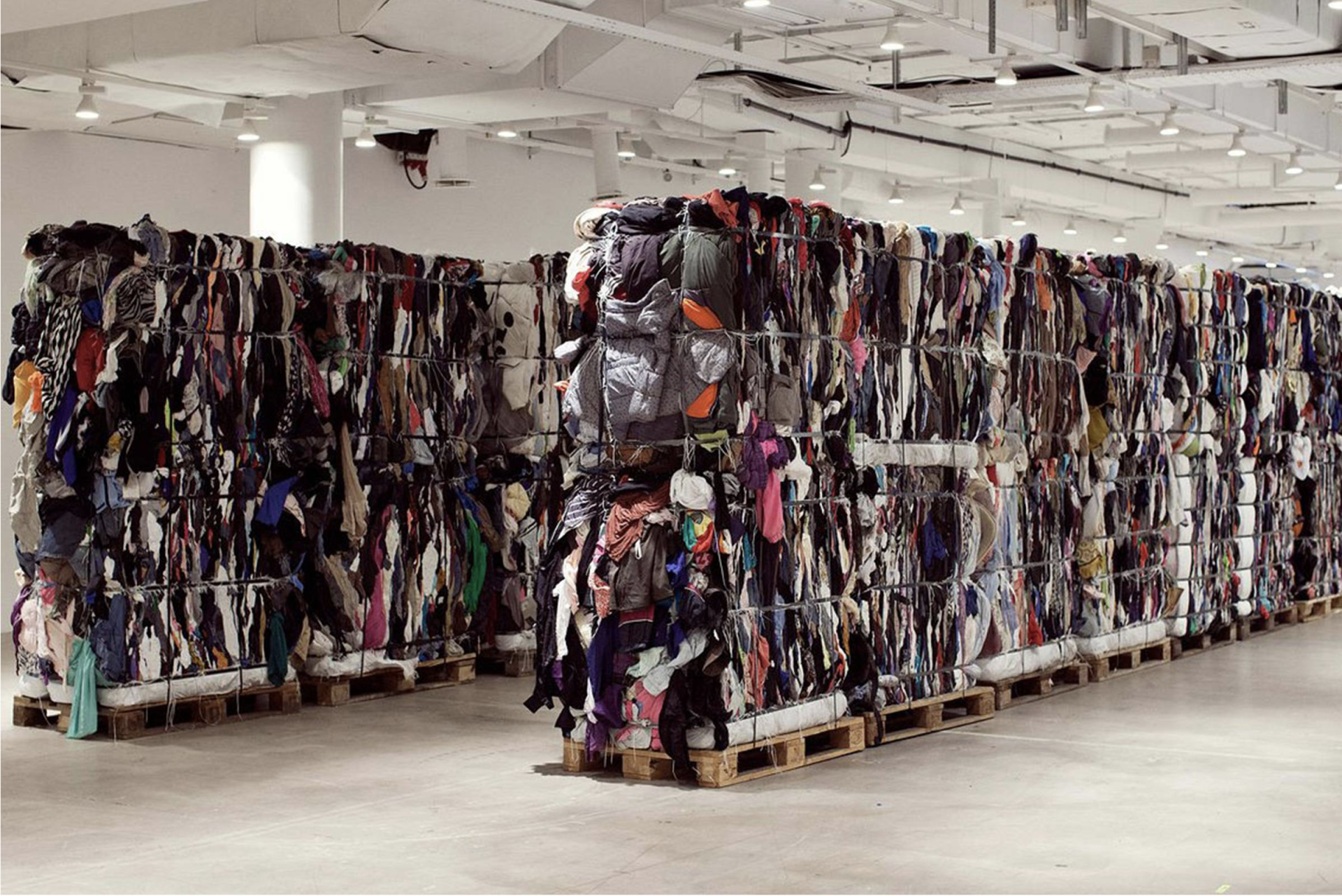Sustainability
Sustainability
Sustainable Principles:
Sustainability Challenge
Sustainability Challenge
Over the past several decades, our relationship to our clothes has fundamentally changed. Clothes went from being durable objects to becoming disposable. Since 2000, the average number of times a consumer wears an item before throwing it away has dropped by 36%, and many people use a garment only eight to 10 times before doing that. These habits are contributing to the destruction of the environment. Every year, 85% of all textiles produced end up in landfills or the ocean. And since most clothes these days are made from plastic-based synthetic fibres, these garments might take hundreds of years to decompose.
As a manufacturer we aim to help you the brand, work with us, to a better and more sustainable future and to assist you our customer to achieve that through our sustainable processes.
Brands and retailers place more emphasis on whom they source from and how the products are made. Businesses are integrating initiatives such as material circularity and product traceability into their brand DNA.
We are committed to working with our customers to implement design strategies for recyclability, increase the resale of used garments, and increase the use of recycled post-consumer textile fibres.
Value
Cygnus & Fujian Shining is working on the following principles for sustainable manufacturing.
- To help with and suggest the use of sustainable recycled/ organic fabrics and trims wherever possible.
- Help to suggest in the design process where appropriate.
- Help to Design a product to last longer.
- Enhance the product by selecting different fabrics or trims that are more sustainable and/or will last longer.
- Encourage and share our knowledge of recycled or organic materials or trim.
- Manufacturing takes energy, however, wherever possible we look to use energy efficient machines, we will also look to carbon offset our factory energy usage.
Our manufacturing business has goals and action points to achieve –
- Equipment standards and energy used within them.
- Processes within our manufacturing to ensure sustainable manufacturing practice.
- Sustainable choice of fabrics, trims, and processes used in the production of these.
- Clear action points for our employees for us to communicate our sustainability goals.
- Resources such as energy, water and raw materials are essential inputs to our business. We are committed to using resources wisely and efficiently and reducing waste generation within our own operations.

